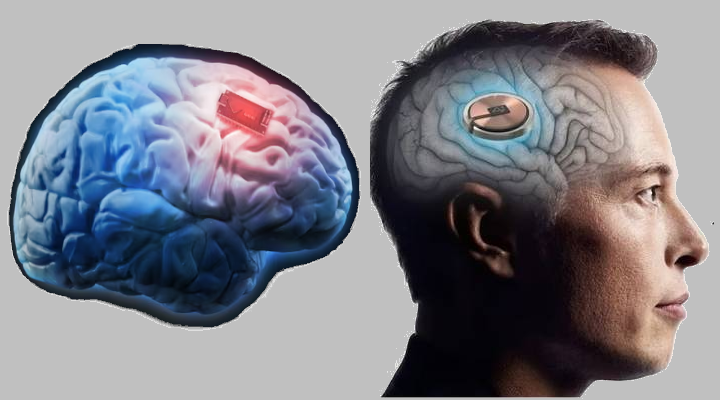Language models like ChatGPT and Gemini are capable of generating diverse text on a wide range of topics. However, this text generation process is inherently machine-driven and relies heavily on the provided context. As a result, the outputs are not always accurate and can sometimes contradict the truth.
This phenomenon, where language models fabricate information, is known as hallucination. For instance, in 2023, a lawyer cited fictitious cases generated by ChatGPT, which were later exposed by a judge.
Baidu is attempting to mitigate this issue by equipping its language models with a self-reasoning mechanism. This approach enables the models to conduct a self-check of the information they generate by referencing an external knowledge base. The self-reasoning approach involves three steps:
- Source Finding: The approach identifies relevant documents from the external knowledge base that can answer the given query.
- Evidence Selection: The Large Language Model selects specific sentences from these documents that directly address the query. These sentences are then cited as references for the final answer.
- Trajectory Analysis: The model generates a summary of the selected sentences and uses this summary to construct the final response.
This three-step process allows the AI to evaluate its own answers and ensure they are grounded in the provided data. This significantly enhances the reliability and accuracy of the generated text while providing transparency by citing the sources used.
Using just 2,000 training examples, Baidu has achieved a remarkable improvement in the performance of LLAMA2 model. This approach not only boosts the model’s effectiveness but also streamlines the post-training process, reducing the need for vast amounts of data and computational resources. Consequently, developing and improving AI models is now more accessible to smaller research teams in companies and institutions, no longer being exclusive to large corporations.
This self-reasoning approach is particularly valuable in applications that demand high precision, such as healthcare and finance, where errors can have severe consequences. However, it is essential to note that this mechanism cannot entirely eliminate hallucinations. Human oversight remains necessary, but it is now made easier by the availability of the underlying data, allowing for quick verification of the model’s claims.









